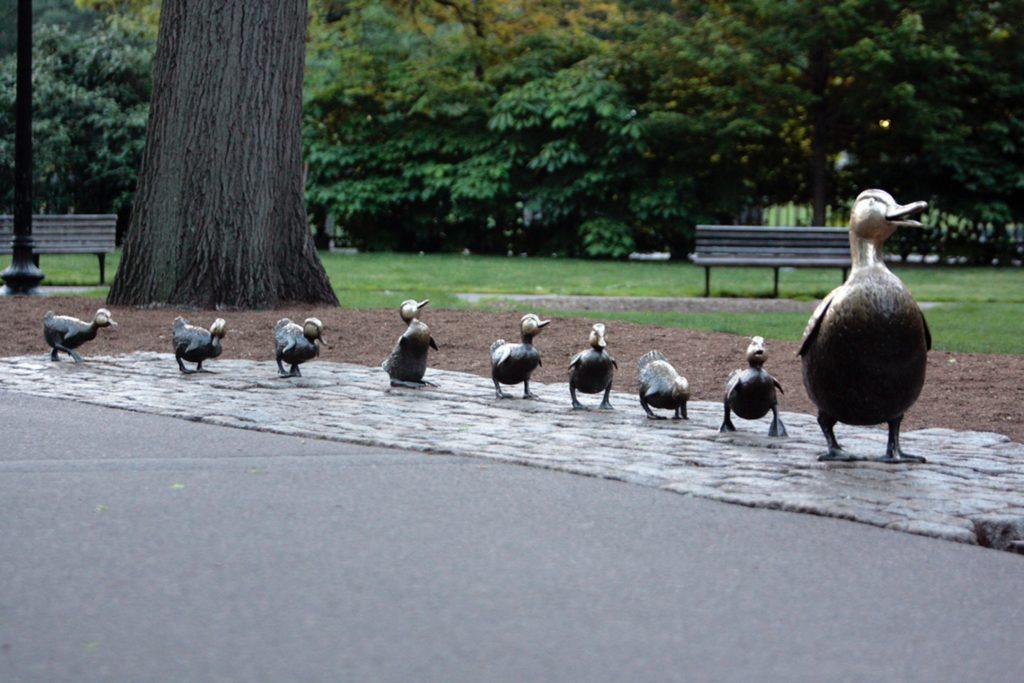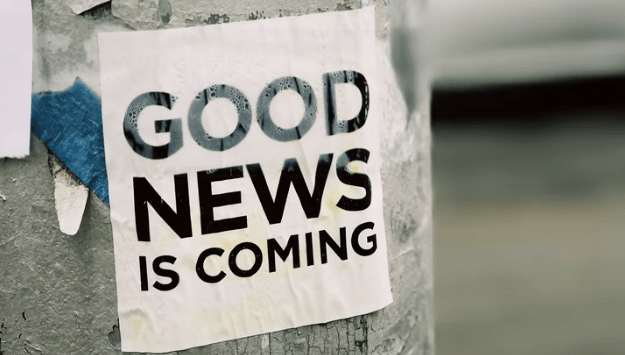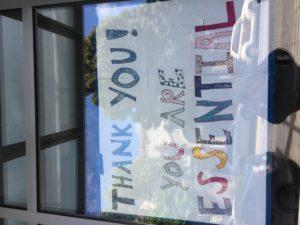Nonprofit Strategy: Three Things to Cleverly Finagle
 Okay, I recently let folks know I’d “finagled” a discount for them. After one reader told me the word “finagle” means “to obtain something by devious or dishonest means,” I sent an apologetic “Ruh Roh” email. I received a lot of forgiving feedback. Thank you! Many of you kindly supported my initial use of the word “finagle.” Apparently, there is more than one definition.
Okay, I recently let folks know I’d “finagled” a discount for them. After one reader told me the word “finagle” means “to obtain something by devious or dishonest means,” I sent an apologetic “Ruh Roh” email. I received a lot of forgiving feedback. Thank you! Many of you kindly supported my initial use of the word “finagle.” Apparently, there is more than one definition.
Susan sent me this:
finagle (third-person singular simple present finagles, present participle finagling, simple past and past participle finagled)
-
- (transitive) To obtain, arrange, or achieve by indirect, complicated and/or intensive efforts.
finagle a day off work
-
- (transitive) To obtain, arrange, or achieve by deceitful methods, by trickery.
finagled his way out of a ticket by pretending to be on the way to a funeral, distraught
I think the word has come to mean “using super-human negotiating skill to obtain a superior result“
Terry sent me this:
I thought you meant “obtain (something) by indirect or involved means.” I always felt it was sort of clever or creative negotiations to get something done when it seemed like it couldn’t be done.
Sam sent me this:
I always thought it was someone who could manipulate circumstances to achieve some goal. No adverse implications. No criminal intent. Just clever in being able to make something work that really shouldn’t have worked.
And there were more. I thank you all.
You made me think.
And not just about negotiation (which is a subject unto itself), but about being clever. And thoughtful. And about what it takes to obtain superior results.
All good outcomes require a little positive finagling to get there.
Lots of things can be good and bad at the same time.
For example,
Details

 Studies show
Studies show 
 For good things once a year is not enough. Why do so many of us only eat turkey once a year?
For good things once a year is not enough. Why do so many of us only eat turkey once a year? 
 What do you spend more time on? Asking or thanking?
What do you spend more time on? Asking or thanking?
 In
In 
 You’ve got one month before fall fundraising season begins in earnest.
You’ve got one month before fall fundraising season begins in earnest.

 What do you spend more time on? Asking or thanking?
What do you spend more time on? Asking or thanking?